Those memorable words spoken by Gloria Swanson at the climax of SUNSET BOULEVARD (1950) begs the question: how DOES one get ready for one’s close-up? Earlier, we explored the photographer’s art and the wizardry of lens and lighting. Here, we will explore the artistry of cosmetics, a subject more often associated with the ladies, but aging males were perhaps the more challenging subjects for the makeup artists.
George Arliss lived through revolutionary changes in this form of artistry from the exaggerated makeup required during the dimly-lit gaslight era of the 1880s stage to the massive light-drenched needs of Technicolor film by the 1930s. The public sees only the finished product but we’ll take a look at the “raw” material before our stars are ready for their close-up. Here is an original glass slide of Mr. A as the majestic French cardinal and his “look” seems so easy, doesn’t it?

Mr. A stated that he handled all of his own makeup chores through his first two sound films (DISRAELI and THE GREEN GODDESS) when he realized that film makeup was more complicated than for the stage. Mr. A as Old Heythorpe on the stage in OLD ENGLISH, circa 1925:

And here he is with Ivan Simpson in the motion picture version in 1930 – the differences are striking:

Having placed himself in the hands of the cosmetic experts at Warners, Mr. A initially must have had misgivings:

But soon Mr. A had a new look – although he seems to be wearing the same suit:

Mr. A on the stage in 1917 as ALEXANDER HAMILTON – he’s nearly 50 playing a 30 year old:

Here in 1931 at the age of 63, he’s asked to play Hamilton for the movies:

Mr A looks younger now than in 1917 – ALEXANDER HAMILTON (1931):

Results were sometimes achieved only through trial and error. Here’s an early makeup and costume test for CARDINAL RICHELIEU (1935):

Here’s the final result – how many changes can you find? Let’s start from the top: the eyebrows are no longer natural, the mustache has been lightened and the goatee reshaped, the cowl covers more of the neck, the shoulders are now padded, and the costume in the test was not used in the film:

Since we’re on the subject, let’s take a look at Mr. A’s colleagues at Warners. This is a relatively unadorned photo of John Barrymore circa 1928 making one of his first radio broadcasts in Los Angeles over station KFI:

The Great Profile ready for his close-up in DON JUAN (1926):

Makeup miracles were wrought on Al Jolson. This is a press photo taken during a 1935 broadcast rehearsal – not ready for his close-up:

And here is Al again in 1935 – ready for that close-up in a seamless blending of lens, lighting and makeup. GO INTO YOUR DANCE (1935):

Ever hear of a comedian who never told jokes? That’s Jack Benny and this is how he looked on radio in the mid-1930s:

And this is how Mr. Benny looked in movies in the mid-1930s:

Back to Mr. Barrymore now ten years after DON JUAN – even this retouched studio portrait of the actor as himself suggests the years have not been kind:

Ready for his close-up as Mercutio in ROMEO AND JULIET (1936):

Let’s conclude with one of the most handsome stars in all of American film history. First, this is how Tyrone Power looked when made ready for his close-up in SUEZ (1938):

A few years later, here is an unretouched news photo of Mr. Power reporting for duty to the U.S. Marines during World War II:

Not much work for a makeup artist to do, was there?


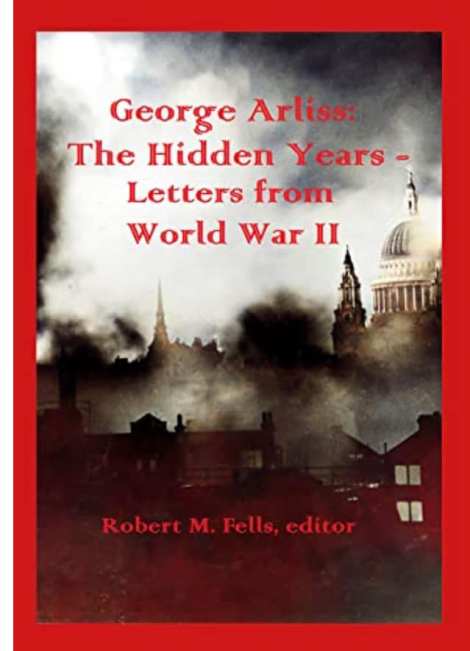
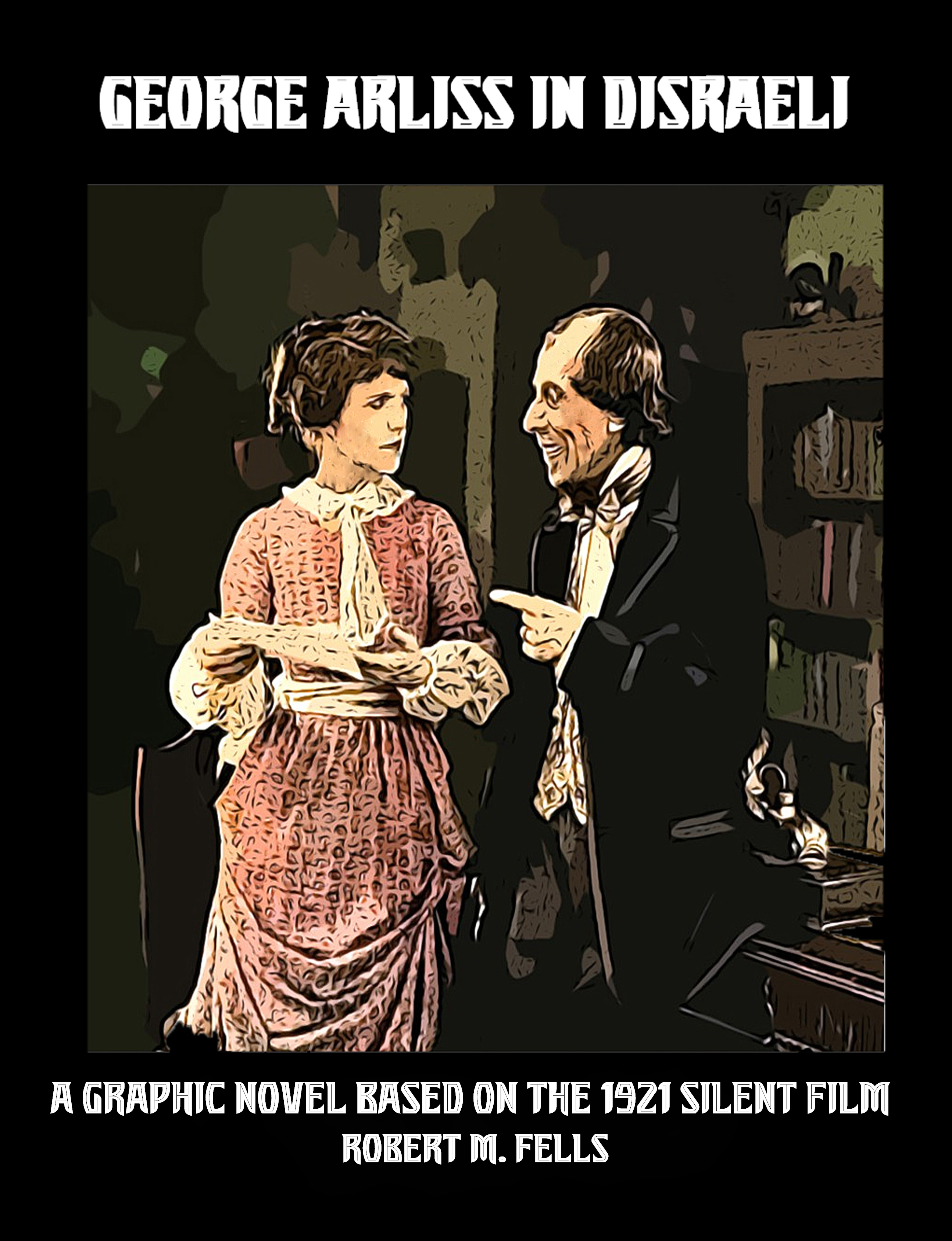
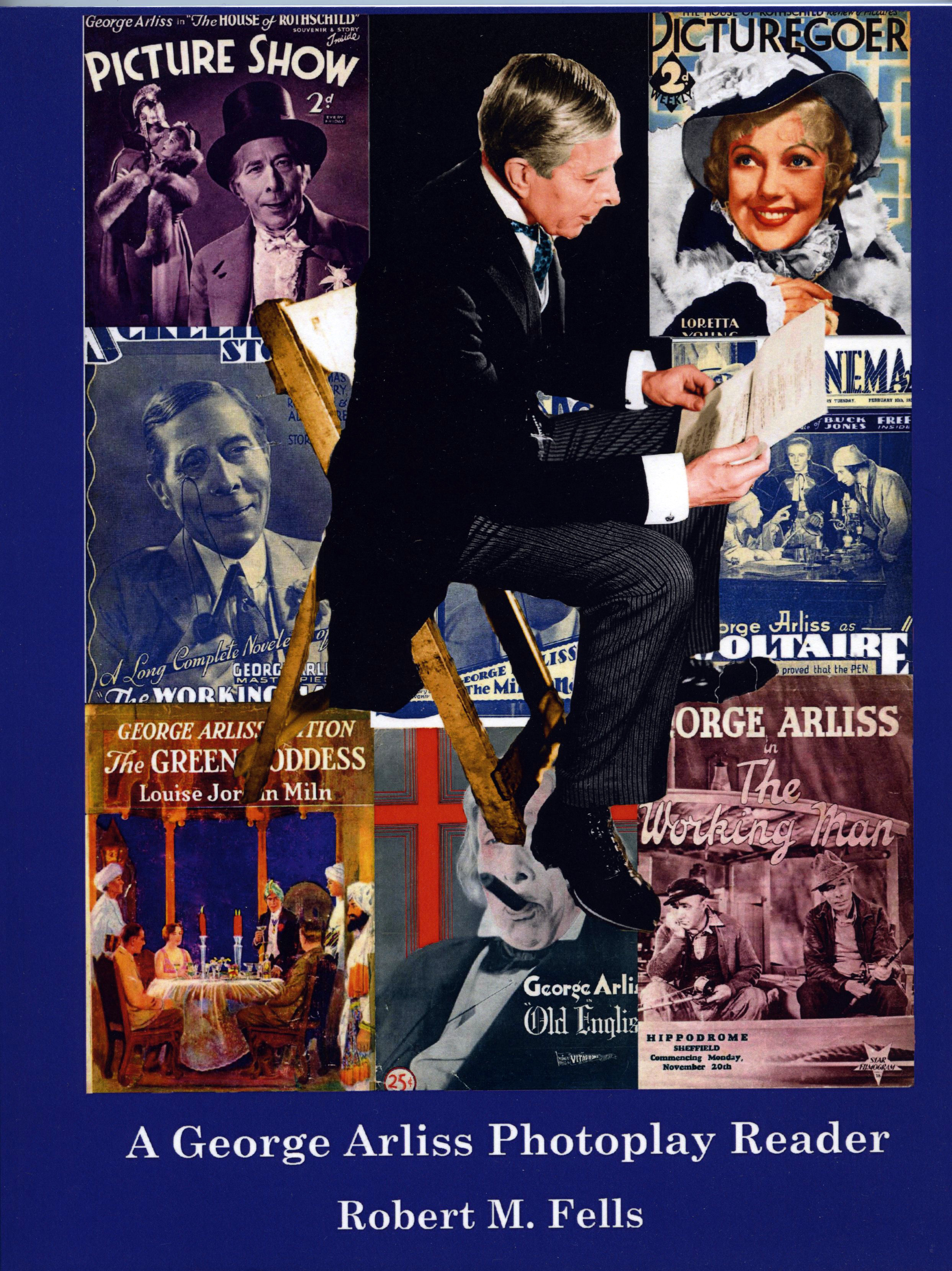

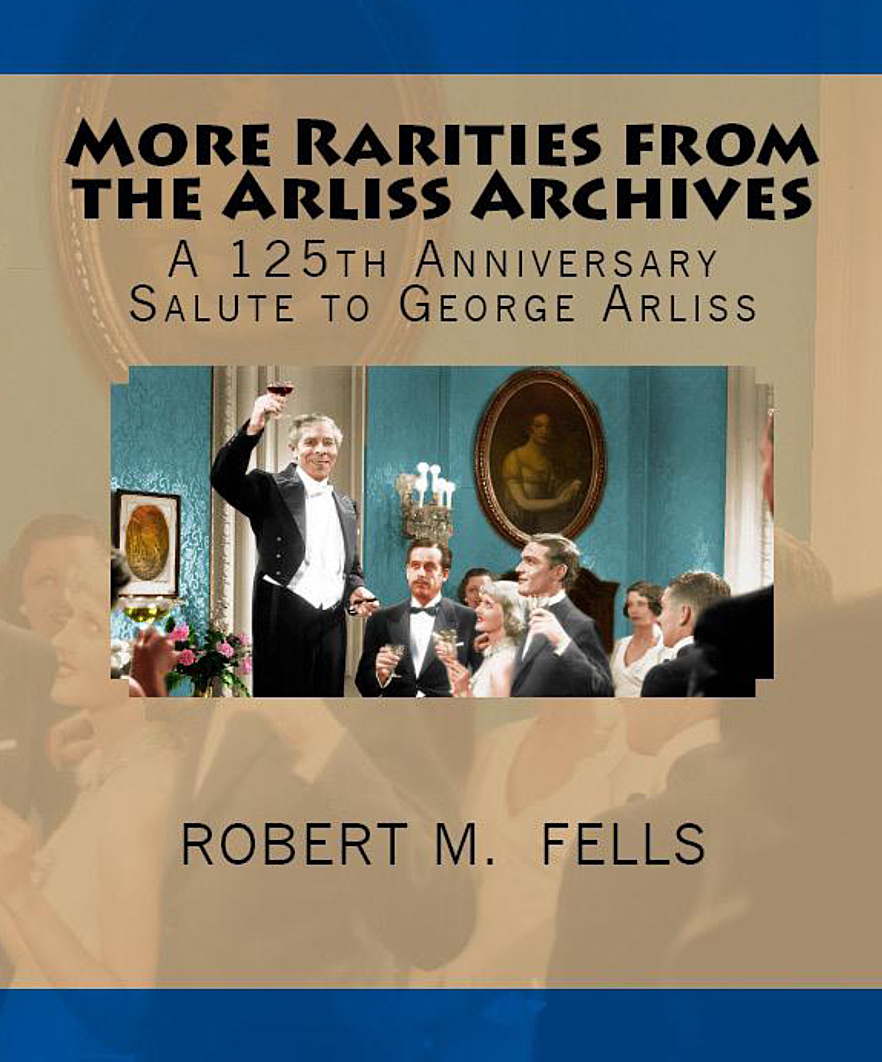
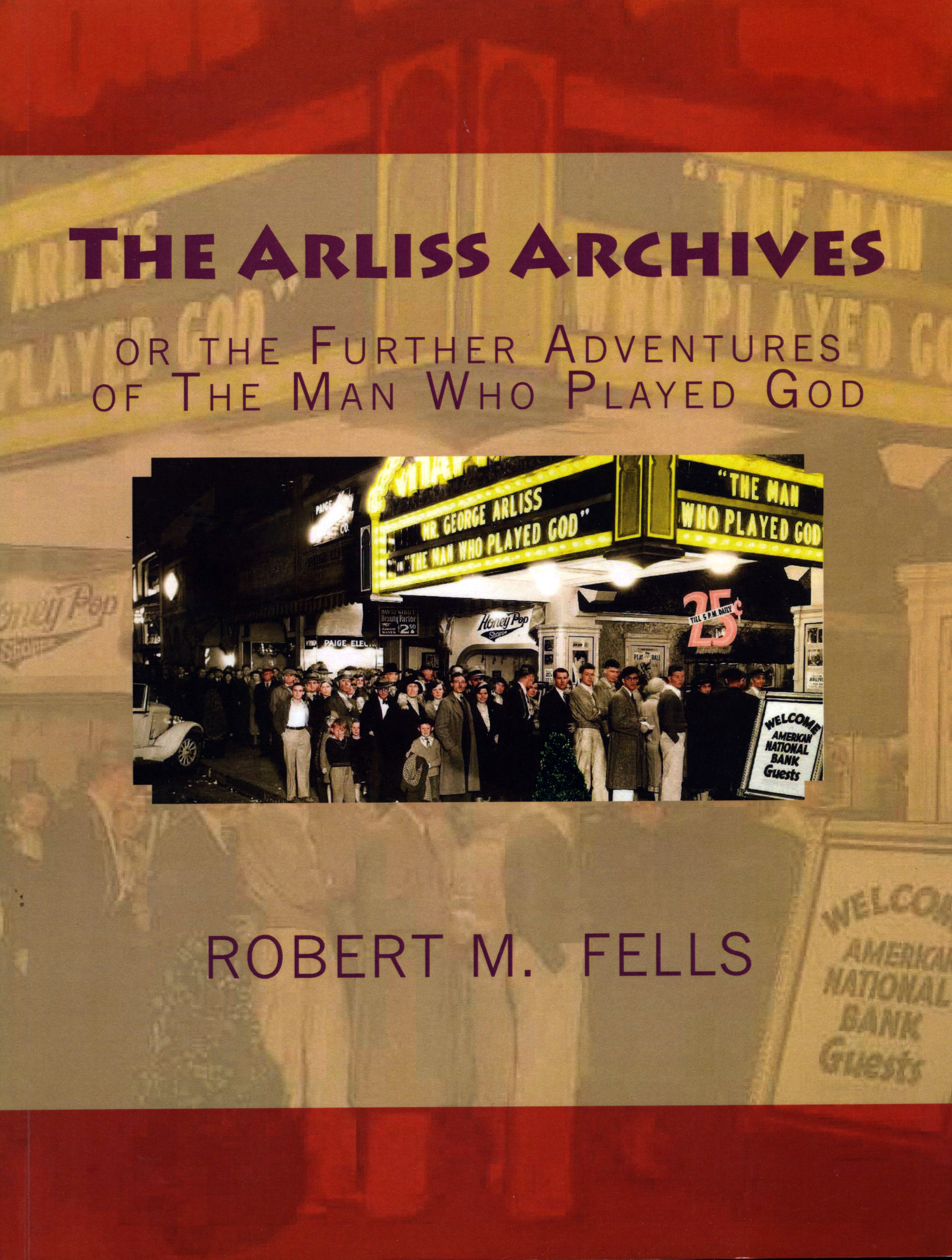
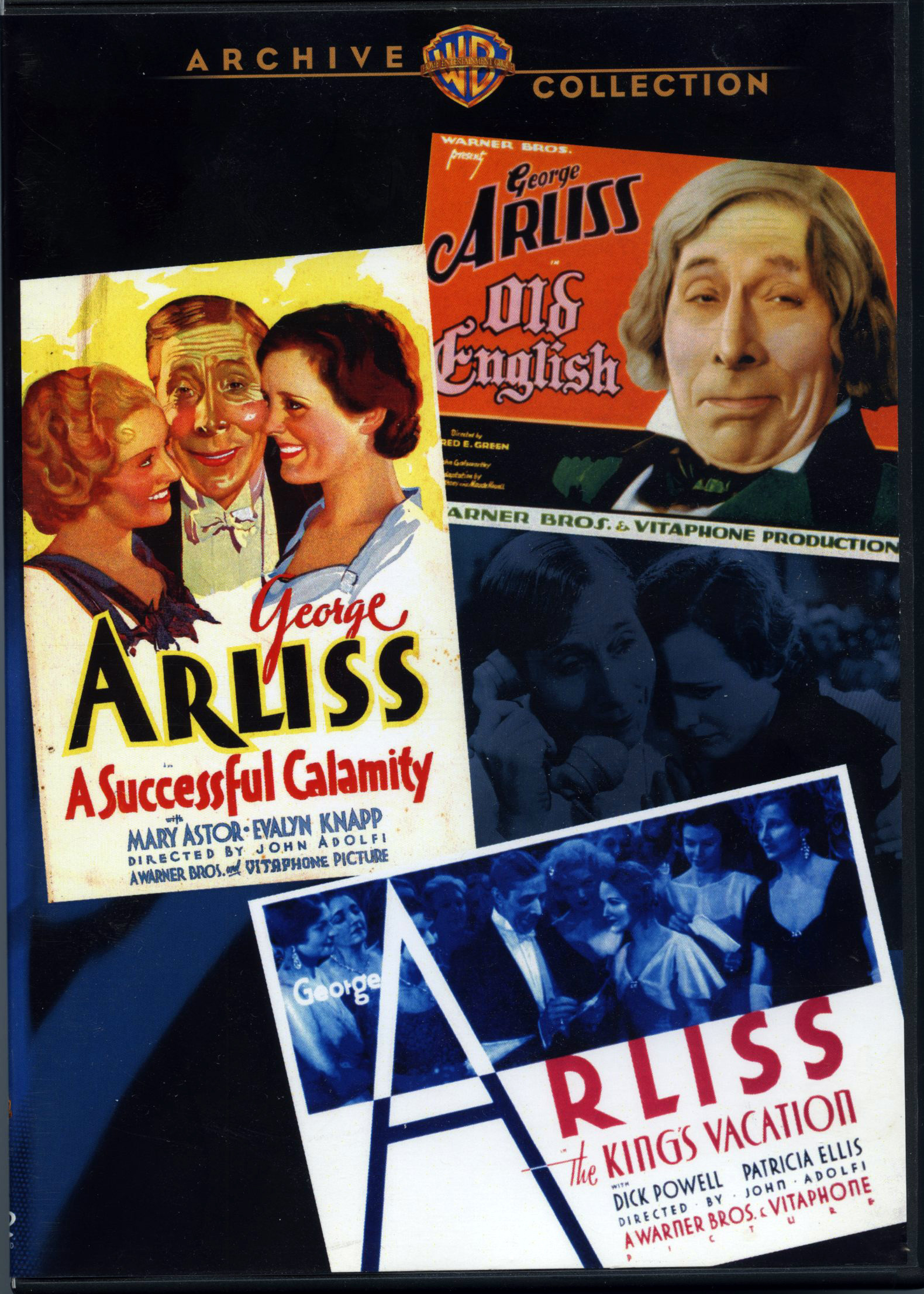




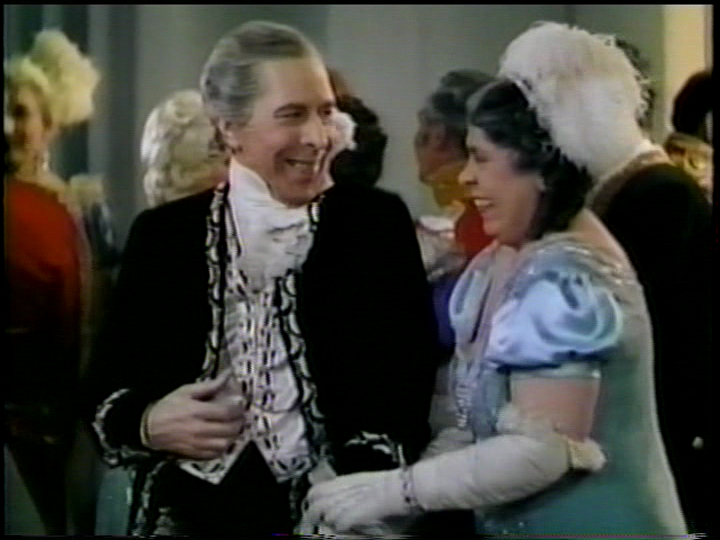

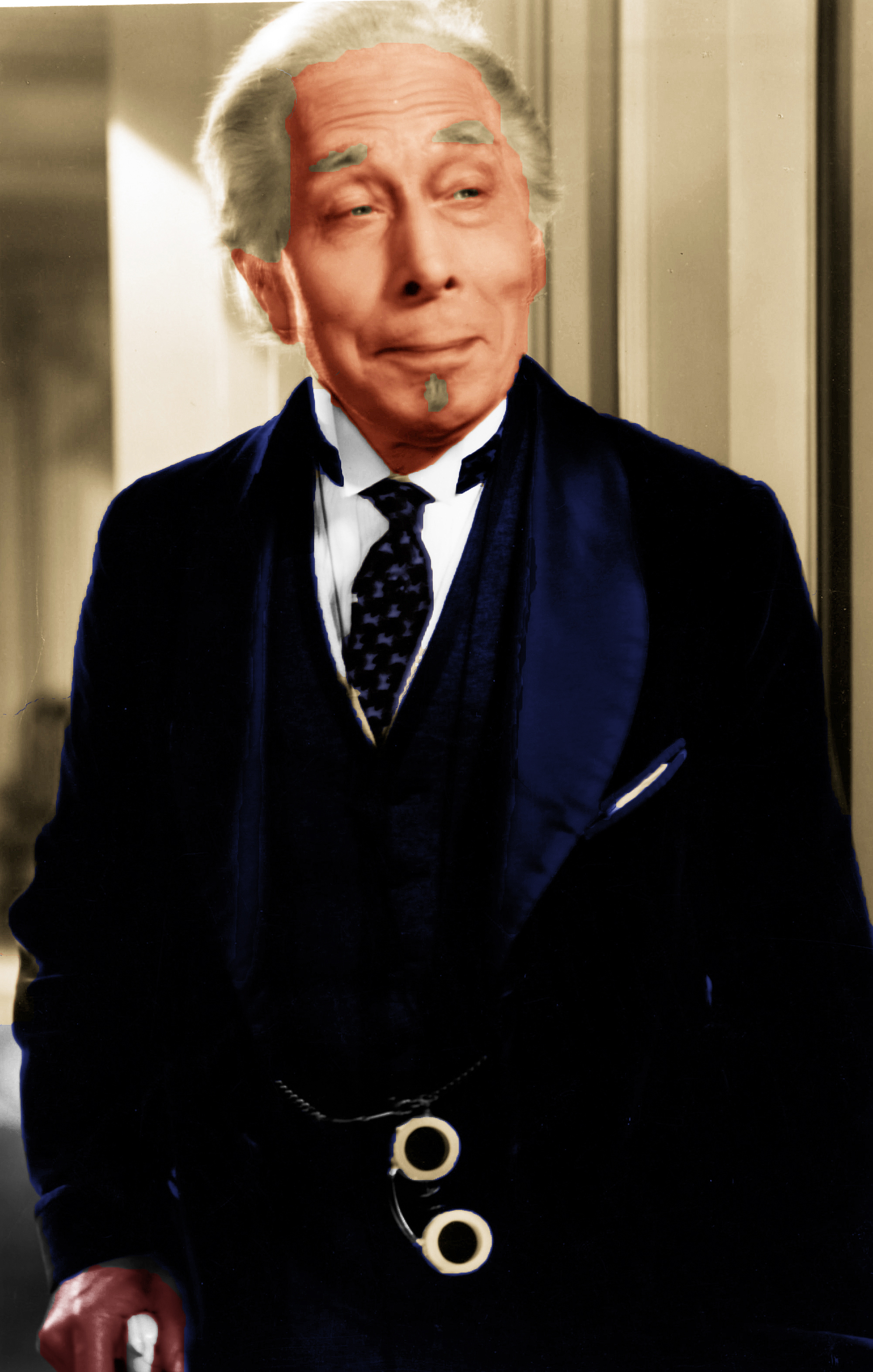
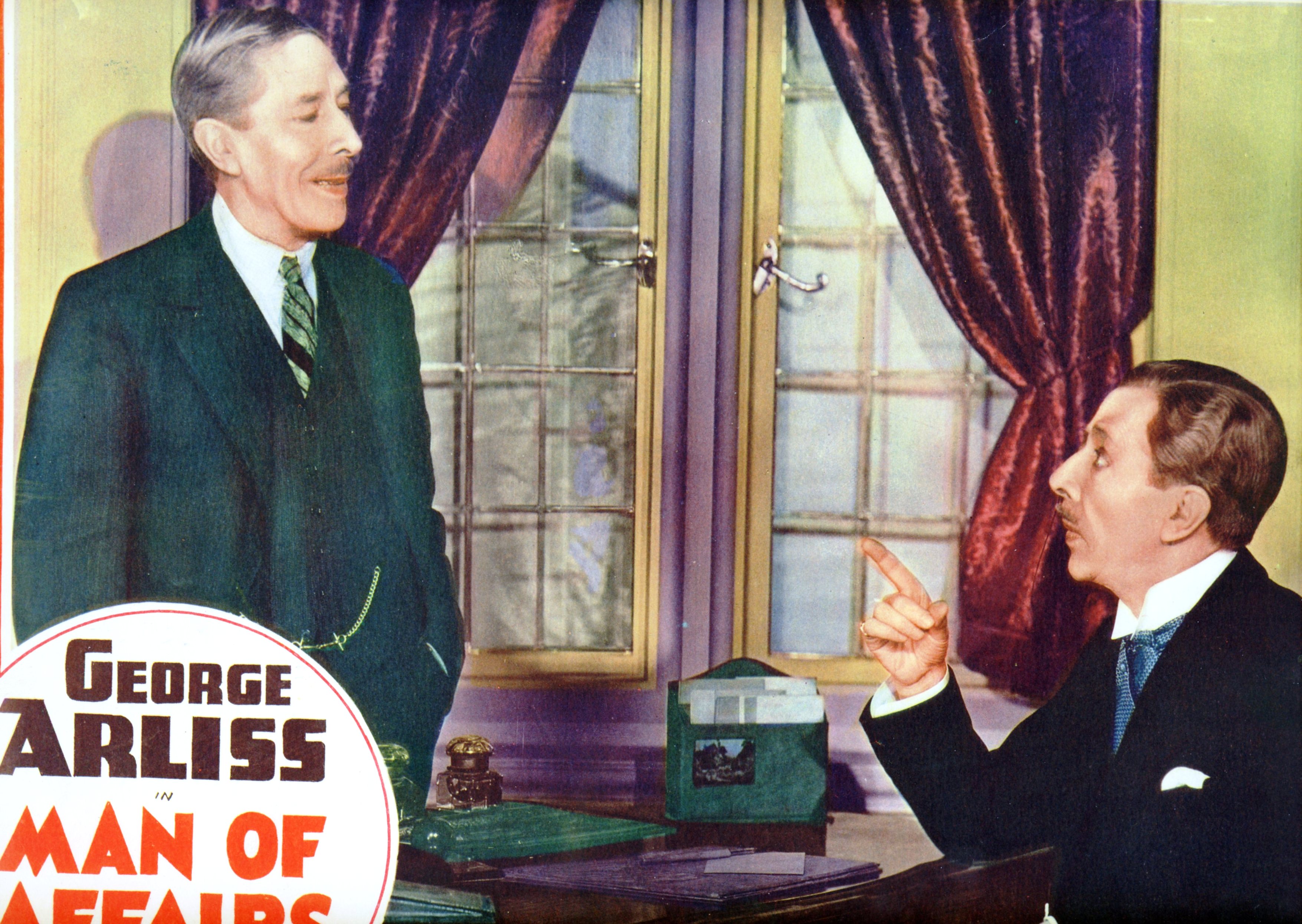

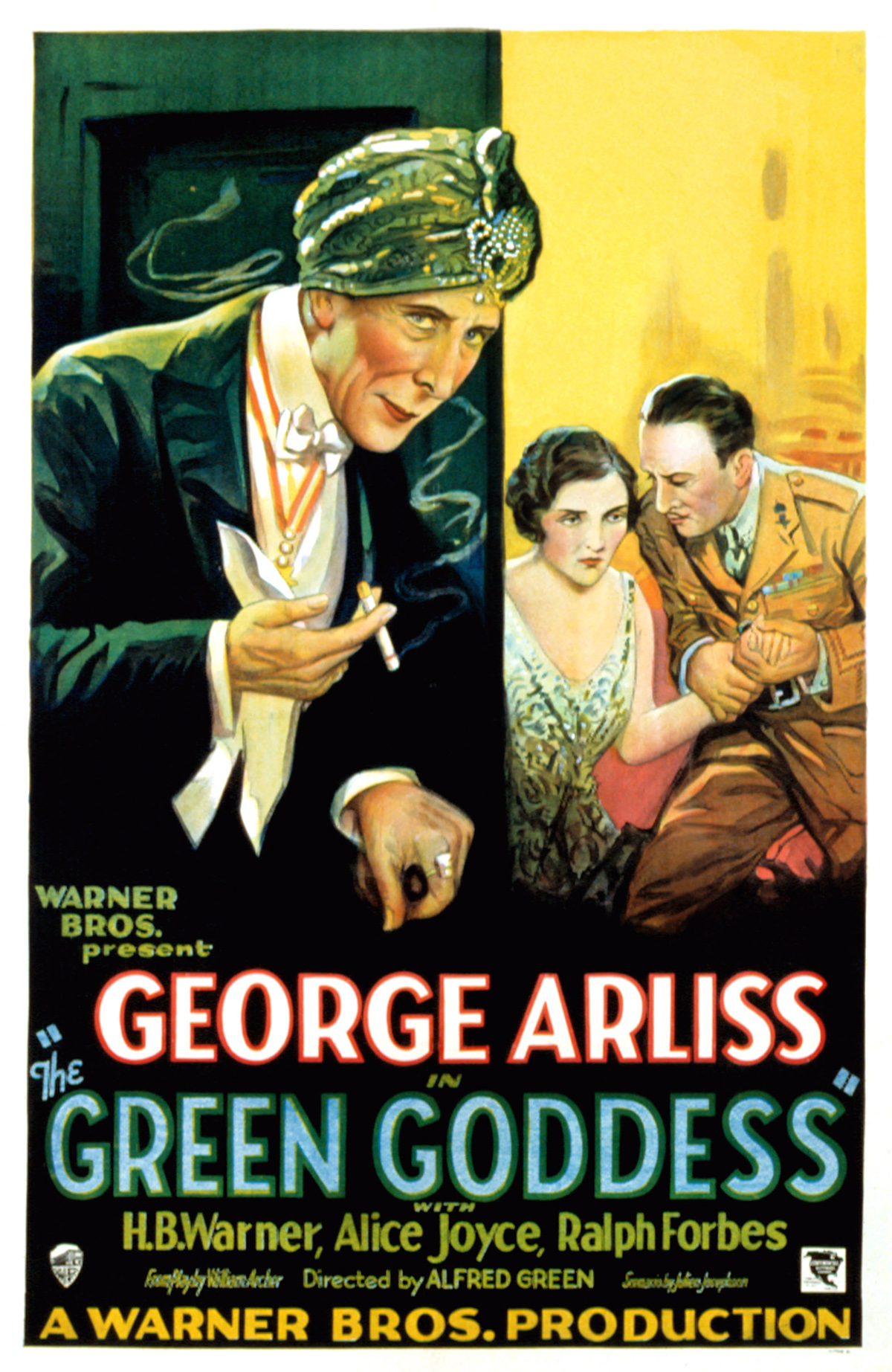
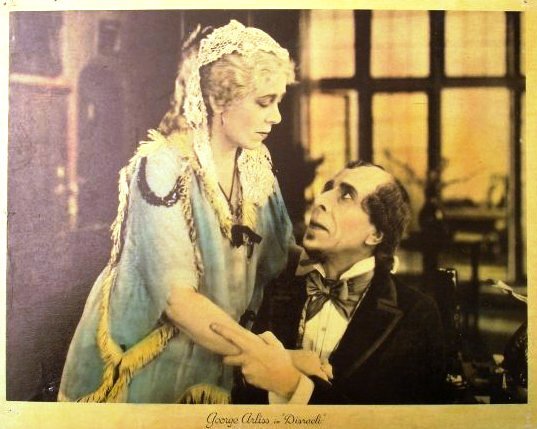

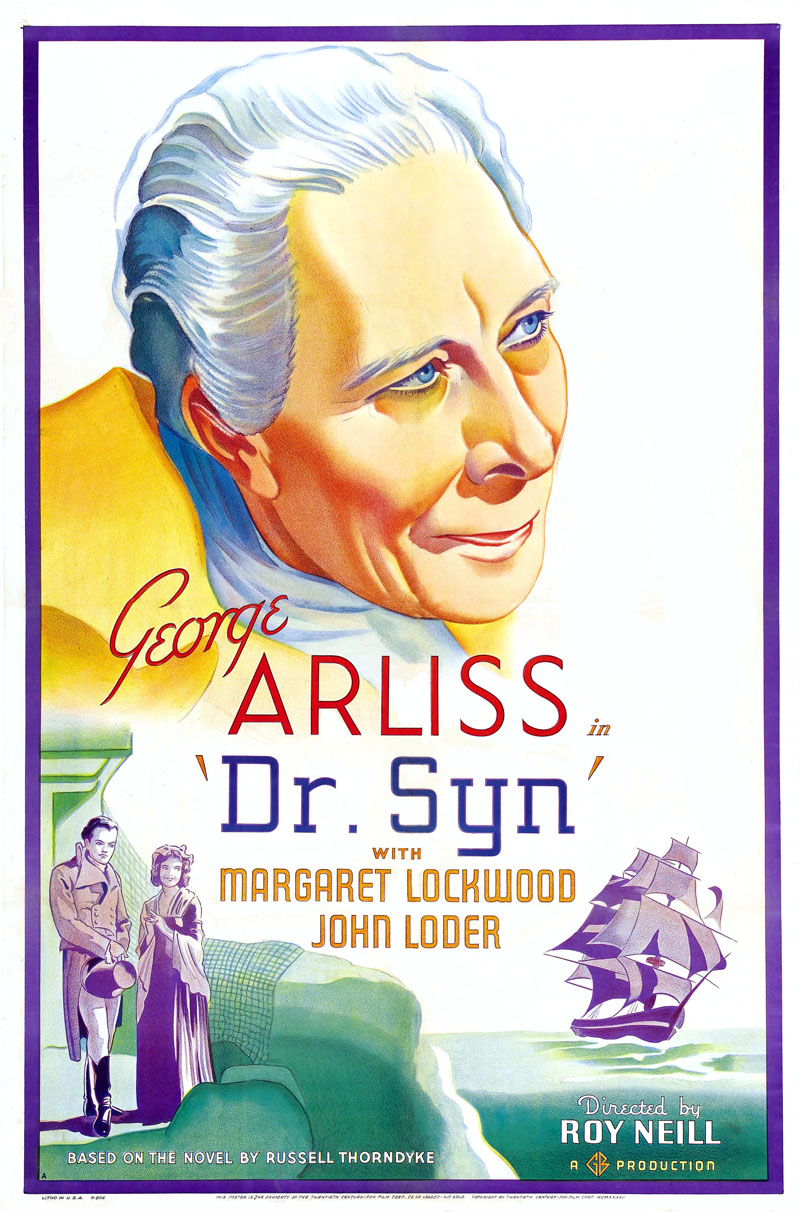
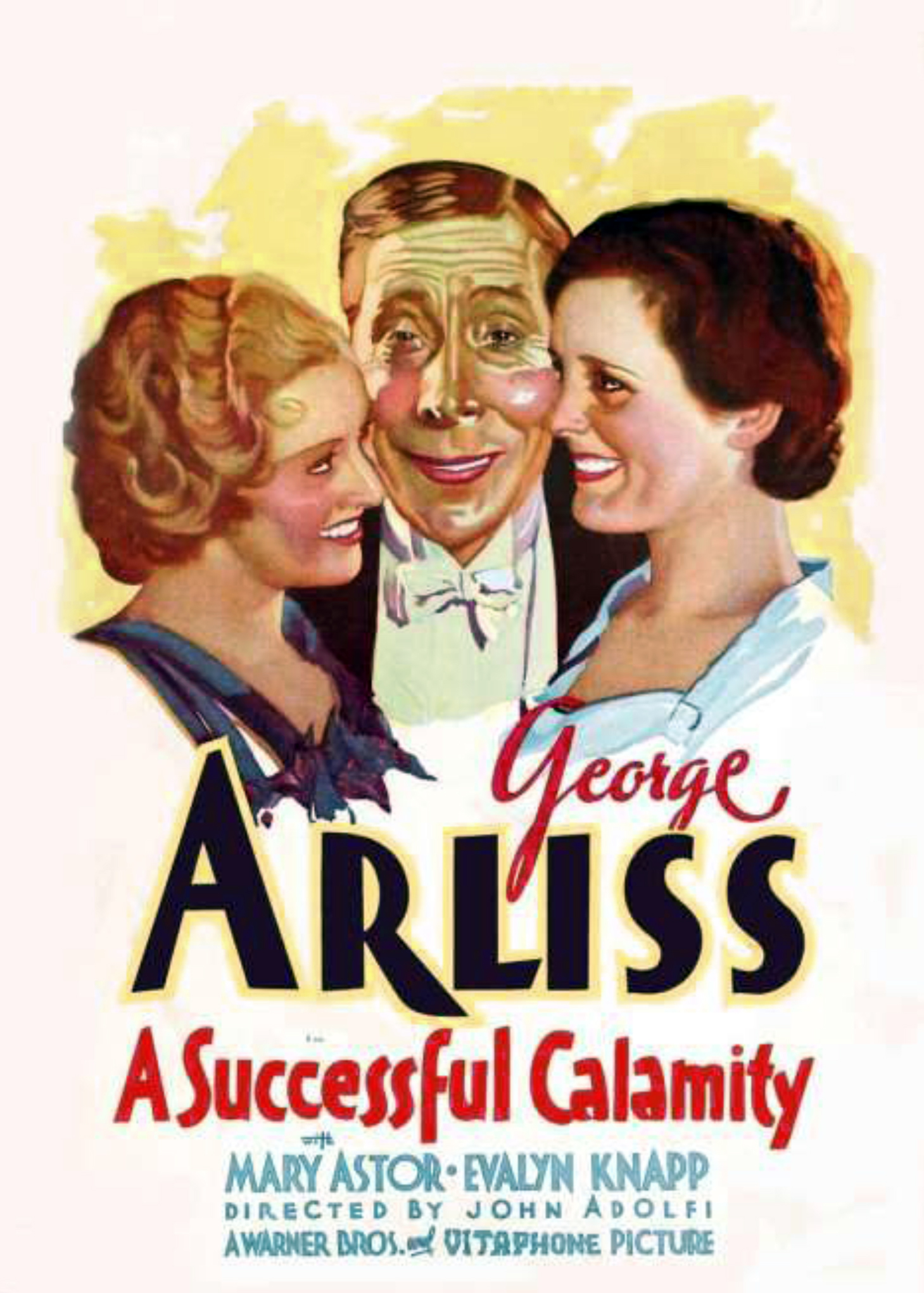


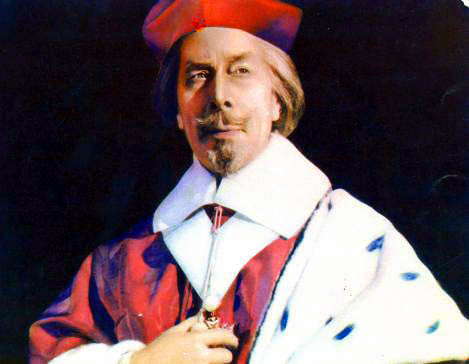

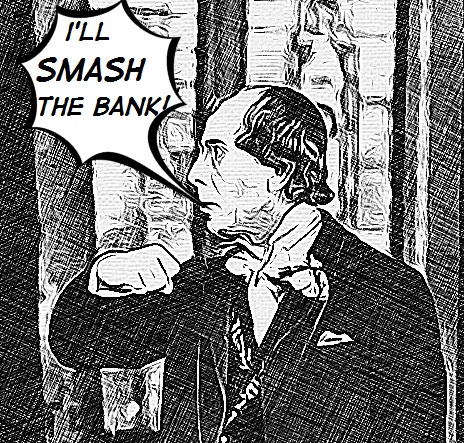


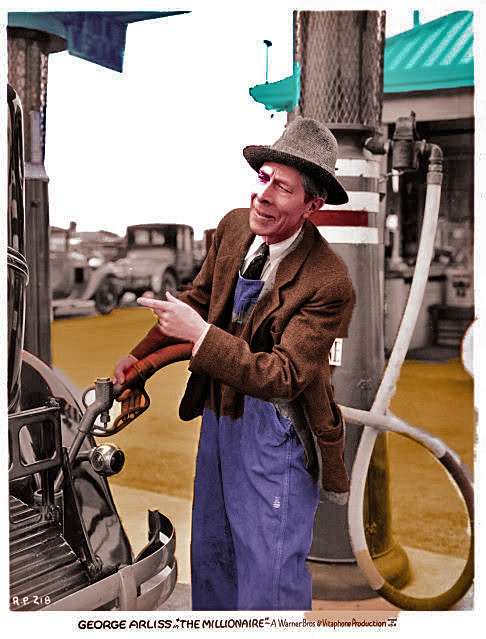

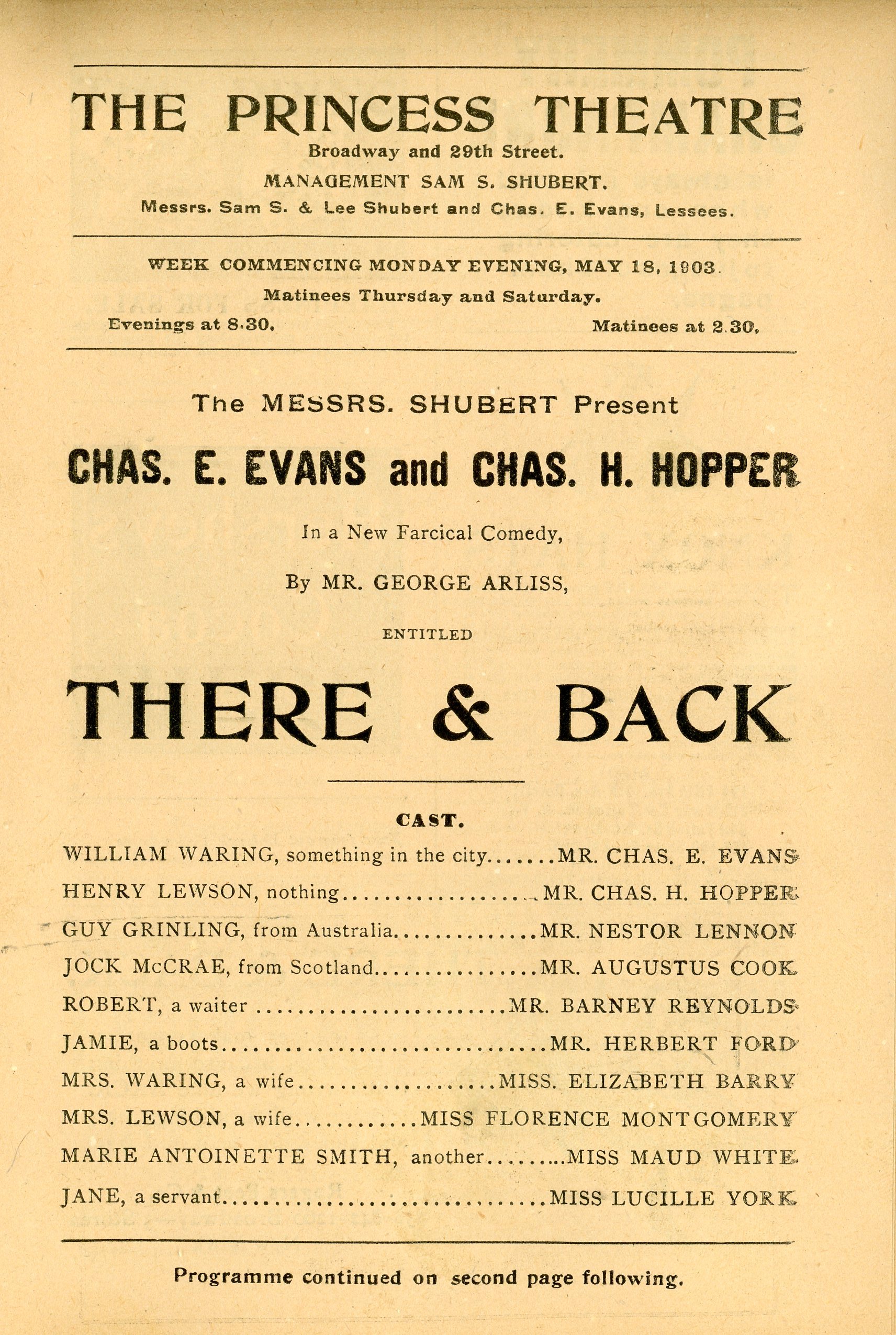

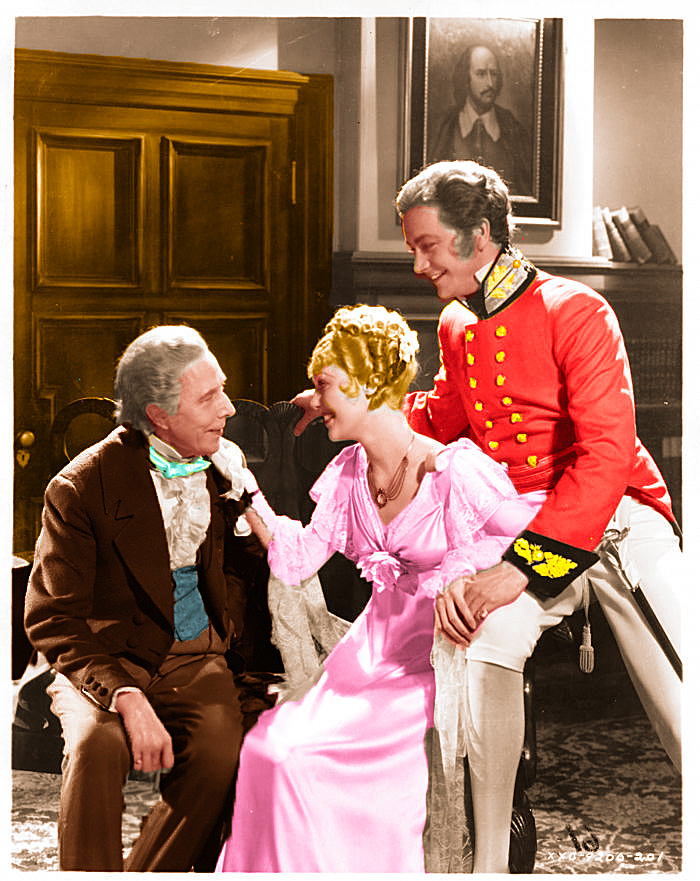
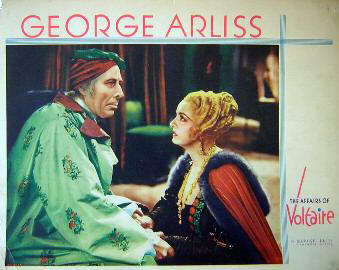
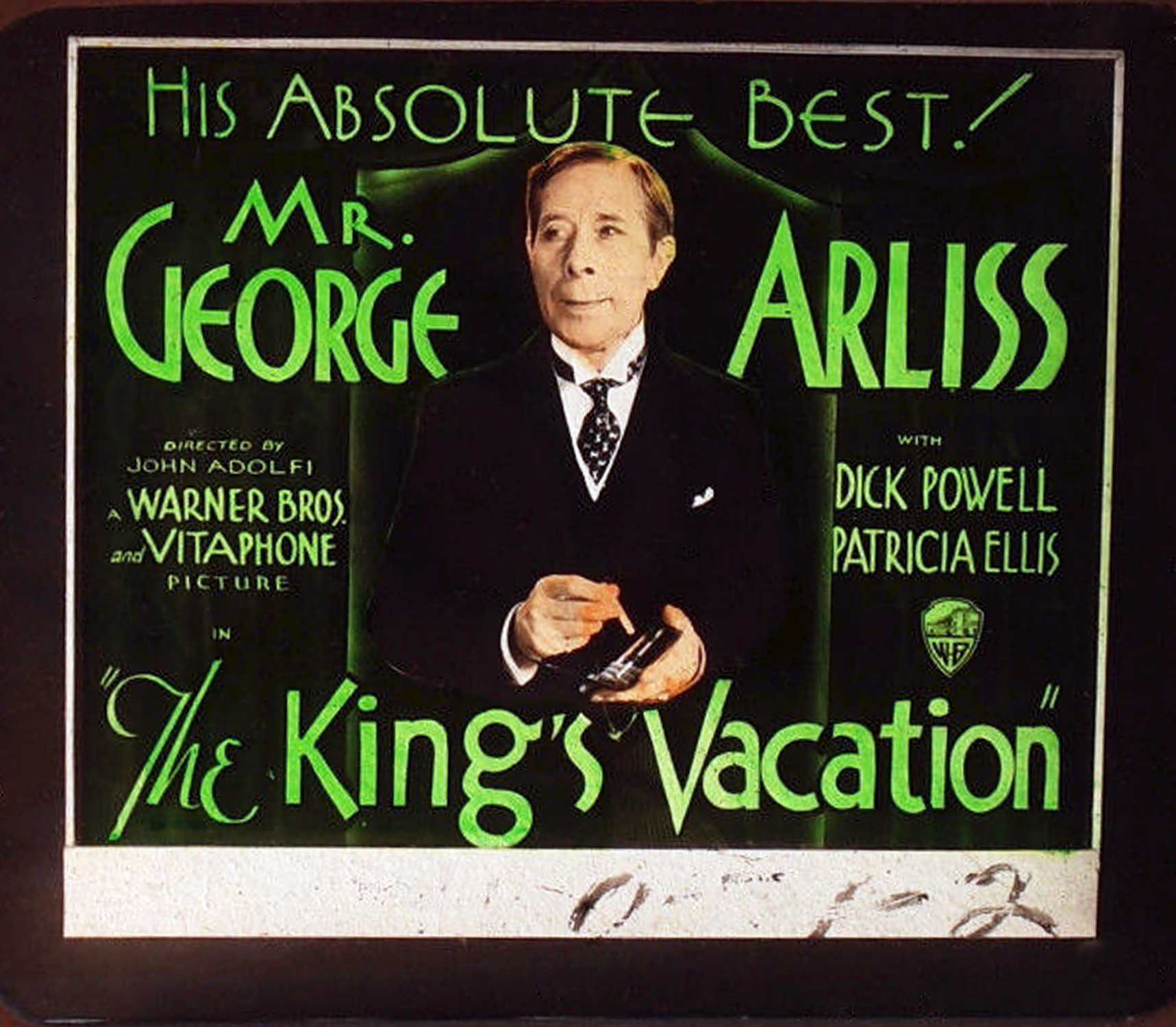

Leave a comment